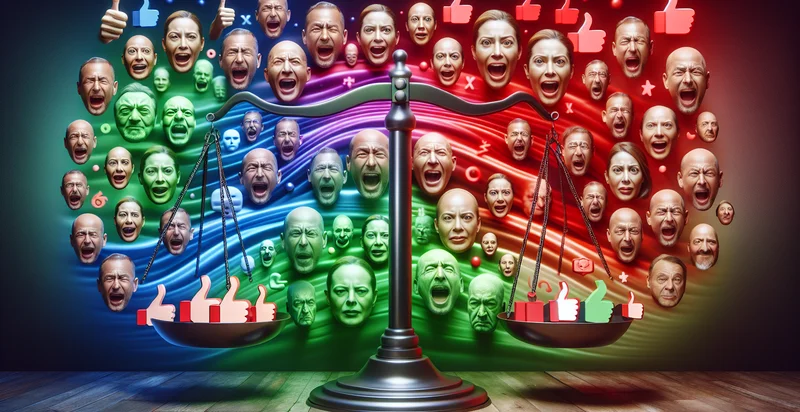Identify whether glass is half full or half empty
using AI
Below is a free classifier to identify whether glass is half full or half empty. Just upload your image, and our AI will predict if the glass is half full or half empty - in just seconds.

Contact us for API access
Or, use Nyckel to build highly-accurate custom classifiers in just minutes. No PhD required.
Get started
import nyckel
credentials = nyckel.Credentials("YOUR_CLIENT_ID", "YOUR_CLIENT_SECRET")
nyckel.invoke("glass-is-half-full-or-half-empty", "your_image_url", credentials)
fetch('https://www.nyckel.com/v1/functions/glass-is-half-full-or-half-empty/invoke', {
method: 'POST',
headers: {
'Authorization': 'Bearer ' + 'YOUR_BEARER_TOKEN',
'Content-Type': 'application/json',
},
body: JSON.stringify(
{"data": "your_image_url"}
)
})
.then(response => response.json())
.then(data => console.log(data));
curl -X POST \
-H "Content-Type: application/json" \
-H "Authorization: Bearer YOUR_BEARER_TOKEN" \
-d '{"data": "your_image_url"}' \
https://www.nyckel.com/v1/functions/glass-is-half-full-or-half-empty/invoke
How this classifier works
To start, upload your image. Our AI tool will then predict if the glass is half full or half empty.
This pretrained image model uses a Nyckel-created dataset and has 2 labels, including Half Full and Half Empty.
We'll also show a confidence score (the higher the number, the more confident the AI model is around if the glass is half full or half empty).
Whether you're just curious or building whether glass is half full or half empty detection into your application, we hope our classifier proves helpful.
Related Classifiers
Need to identify whether glass is half full or half empty at scale?
Get API or Zapier access to this classifier for free. It's perfect for:
- Customer Sentiment Analysis: This use case involves utilizing the "glass is half full or half empty" identifier in analyzing customer reviews and feedback. Businesses can automatically categorize sentiment towards products or services, distinguishing between positive (half full) and negative (half empty) perspectives to improve customer satisfaction and address concerns.
- Social Media Monitoring: Companies can implement this image classification function to track and analyze visual content shared on social media platforms. By identifying sentiment in user-generated images, businesses can adjust their marketing strategies based on public perception and trends surrounding their brand.
- Marketing Campaign Analysis: Marketers can use this identifier to evaluate the effectiveness of visual content in campaigns. By discerning whether imagery induces a positive or negative emotional response, adjustments can be made to enhance engagement and conversion rates.
- Product Development Feedback: Product teams can utilize this classification tool during beta testing or focus groups by analyzing images of user interactions with products. Understanding the visual sentiment can inform design changes and feature adjustments to better meet customer expectations.
- Employee Engagement Assessment: HR departments can leverage this function in assessing employee morale through images taken during team events or workplace scenarios. Analyzing the sentiment of these images can provide insights into organizational culture and guide employee engagement initiatives.
- Event Experience Evaluation: Event organizers can deploy image classification to gauge attendee sentiment during and post-events. By assessing captured moments, they can determine if the event was perceived positively or negatively, allowing them to make informed improvements for future gatherings.
- Brand Reputation Management: This use case focuses on utilizing the identifier to monitor and manage brand reputation. By analyzing images shared online that feature the brand, businesses can better understand public perception, promptly addressing any negative sentiment or enhancing positive experiences.


